Disclosure: This article contains affiliate links. We may earn a commission from purchases at no extra cost to you, which helps our travel content.
There's a certain ma (間) – that untranslatable Japanese concept of negative space – between Seattle's towering landmarks and what lies beneath its rain-washed surface. As someone who straddles cultural worlds professionally, I've found Seattle to be a kindred spirit: a city of duality where innovation and tradition create something entirely new in the spaces between. During a recent spring translation project for a tech firm expanding from San Francisco to the Pacific Northwest, I discovered that the Emerald City's true character isn't found in its skyline but in the creative undercurrents that pulse through its neighborhoods.
Capitol Hill's Artistic Metamorphosis
Capitol Hill embodies Seattle's cultural dichotomy – historic theaters alongside avant-garde galleries, century-old bookstores neighboring experimental performance spaces. During my week exploring this neighborhood, I found myself drawn to Velocity Dance Center, where contemporary choreography challenges traditional movement vocabularies in ways that reminded me of the boundary-pushing butoh performances I'd witnessed in Tokyo.
The neighborhood's artistic pulse is perhaps most palpable after dusk. One rainy evening, I ducked into Northwest Film Forum where a Japanese independent film festival was underway. The intimate screening room, filled with cinephiles wrapped in rain jackets and clutching cups of locally-roasted coffee, felt like stumbling upon a secret society of art devotees.
I stayed dry throughout my explorations thanks to my packable rain jacket, which proved indispensable for Seattle's notorious spring showers while being lightweight enough to carry in my day bag when the sun made its occasional appearance.
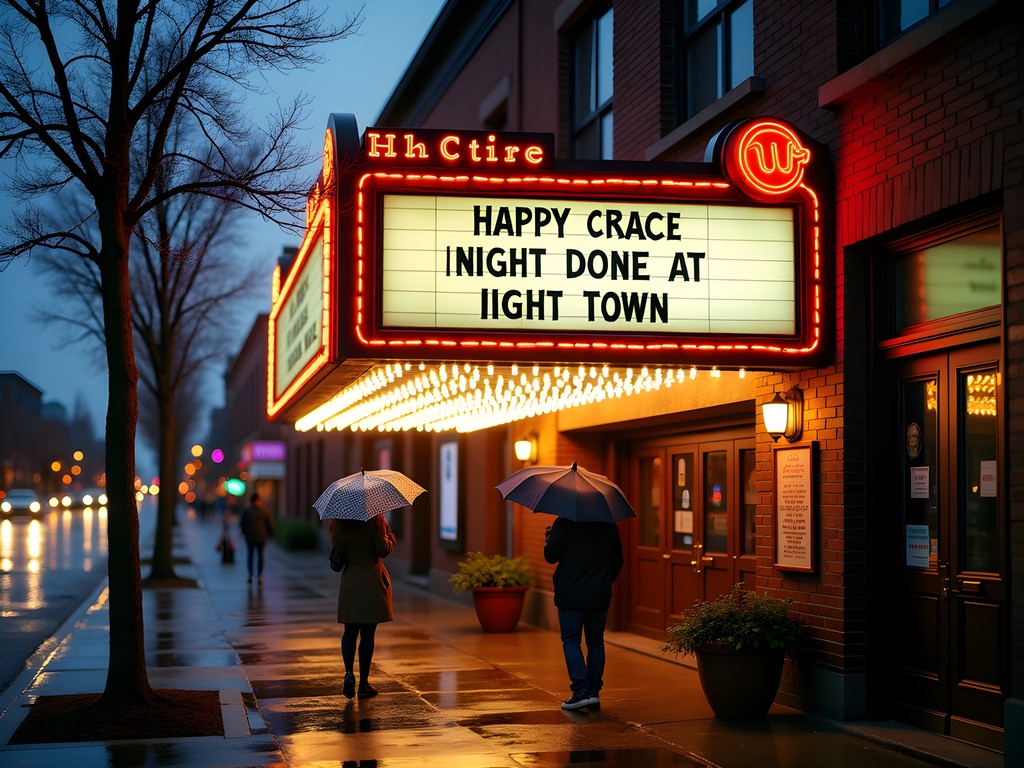
💡 Pro Tips
- Visit Velocity Dance Center on 'pay-what-you-can' Thursdays to experience cutting-edge choreography
- Check Northwest Film Forum's calendar for international film festivals and director Q&As
- The Elliott Bay Book Company hosts intimate author readings almost daily – arrive early for seating
Georgetown: Industrial Aesthetics Meet Artistic Revolution
Seattle's Georgetown neighborhood embodies what Japanese aesthetics would call wabi-sabi – the beauty of imperfection and impermanence. Former warehouses and manufacturing plants now house some of the city's most innovative art collectives. The juxtaposition of industrial history with contemporary creativity creates a tension that's almost palpable.
During my exploration, I discovered Equinox Studios, a sprawling complex where blacksmiths, glassblowers, and sculptors work in converted machine shops. The sound of hammers striking metal mingles with experimental music from neighboring studios – a symphony of creation that transcends language barriers.
For capturing the dramatic interplay of light in these industrial spaces, I relied on my portable light meter. The device helped me photograph the stark contrasts between shadow and illumination in these converted warehouses, preserving memories of spaces where Seattle's artistic heritage is being actively forged.
Don't miss the monthly Art Attack, when studios open their doors to the public. I witnessed glassblowing demonstrations and metalworking techniques that reminded me of traditional kogei (工芸) craft practices in Kyoto, yet reinterpreted through a distinctly Pacific Northwest lens.

💡 Pro Tips
- Visit during the Georgetown Art Attack on second Saturdays for open studios and demonstrations
- Many studios welcome visitors by appointment – don't hesitate to email artists directly
- The Georgetown Trailer Park Mall showcases unique handmade goods from local artists in vintage Airstream trailers
Pioneer Square's Literary Underground
Seattle's oldest neighborhood harbors its most vibrant literary scene. Pioneer Square's cobblestone streets and historic architecture house independent bookstores, publishing houses, and reading spaces that honor the written word in all its forms.
At the heart of this literary ecosystem is the Hugo House, where I attended a multilingual poetry reading that bridged English, Japanese, and indigenous Lushootseed language. As a translator, I was moved by how the poets navigated the spaces between languages – finding meaning not just in words but in the silences between them.
For writers and readers exploring Seattle, I recommend the waterproof notebook. Seattle's frequent spring drizzles won't damage your notes or sketches, allowing you to document inspirations throughout the neighborhood regardless of weather.
The Seattle Poetry Slam at Vermillion Art Gallery and Bar offers another window into the city's literary soul. Here, I witnessed performers weaving narratives that addressed everything from tech-industry gentrification to environmental activism – stories that couldn't be told anywhere else but Seattle.
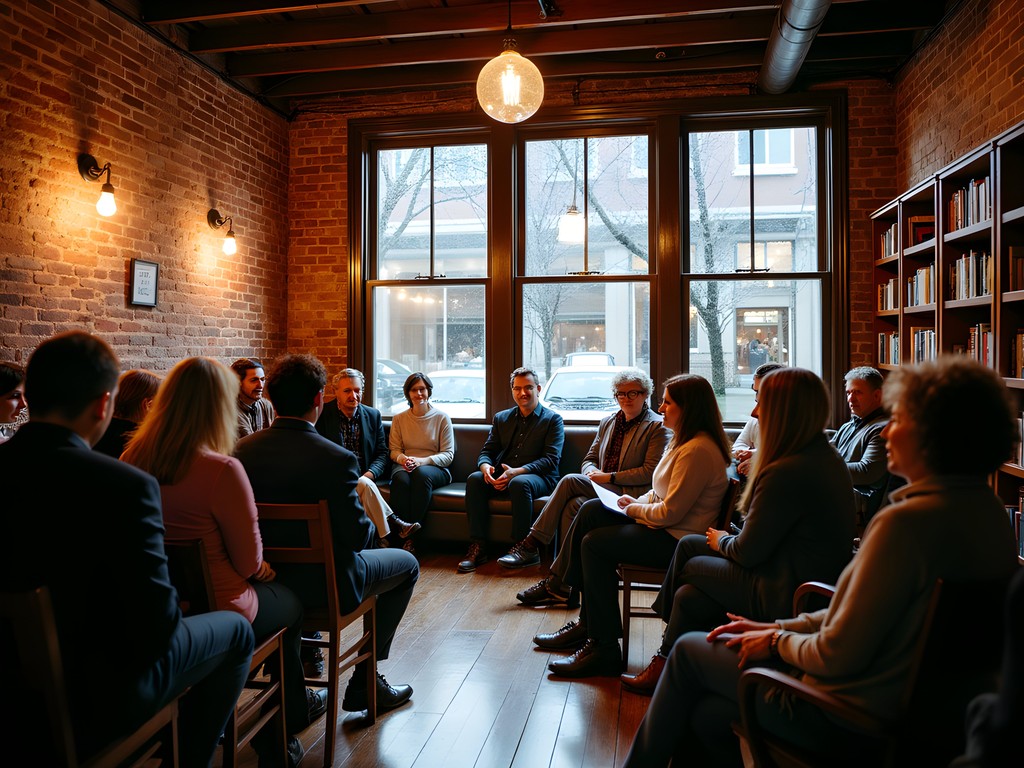
💡 Pro Tips
- Check Hugo House's calendar for workshops and readings open to the public
- Elliott Bay Book Company's basement café is perfect for reading while sheltered from rain
- The Seattle Poetry Slam at Vermillion happens every Tuesday – arrive by 7:30pm to secure a seat
International District's Cultural Fusion
Seattle's International District offers a multisensory journey through Asian cultural influences that have shaped the city for generations. As someone who navigates Japanese and American identity daily, I found profound resonance in this neighborhood where traditions blend and transform.
Beyond the tourist-frequented restaurants lies the Wing Luke Museum, which chronicles Asian American experiences in the Pacific Northwest. During my visit, an exhibit on Japanese American internment during World War II presented personal narratives that echoed stories my own grandfather shared – histories that demand remembrance.
For appreciating the architectural details of the historic buildings, I found my compact monocular invaluable. This lightweight viewing tool allowed me to examine intricate façade elements and traditional signage that might otherwise go unnoticed.
The neighborhood's hidden gem is the Panama Hotel Tea House, where you can sip traditional teas while literally looking through history – a glass panel in the floor reveals belongings stored by Japanese American families before their internment, never reclaimed and preserved as testament to disrupted lives.
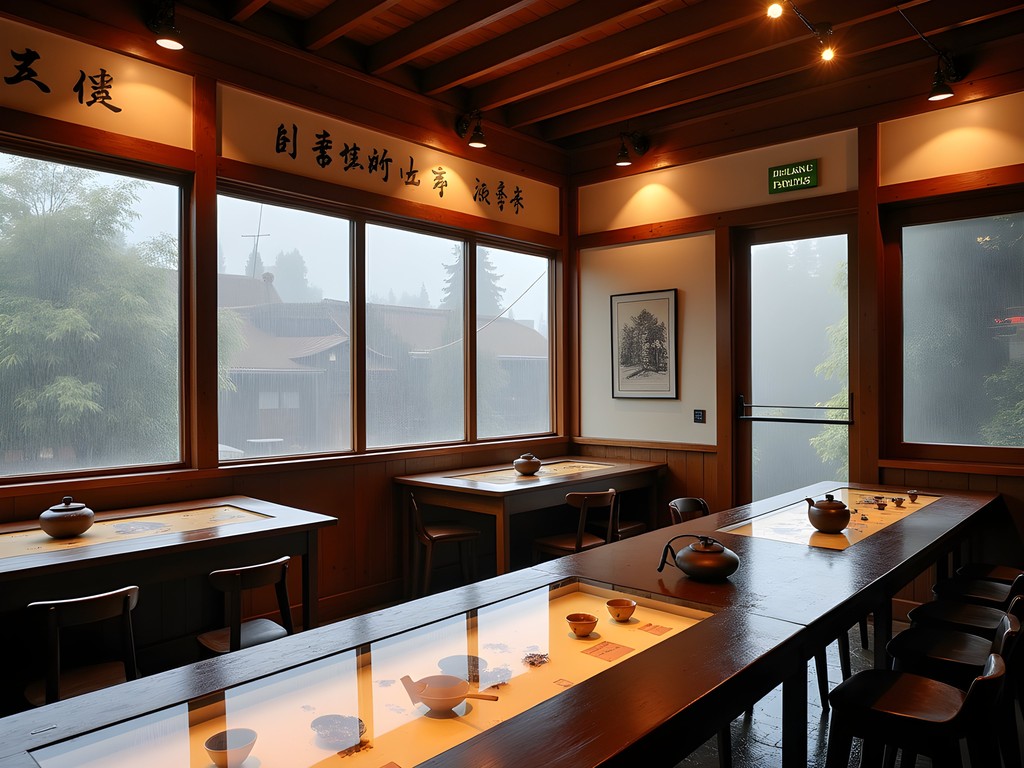
💡 Pro Tips
- Visit the Wing Luke Museum on Thursday evenings for reduced admission and special programming
- Take the Panama Hotel's guided tour to learn about its role in Japanese American history
- Explore Uwajimaya's bookstore section for Japanese literature and art books unavailable elsewhere in Seattle
Fremont's Theatrical Experimentation
Seattle's self-proclaimed 'Center of the Universe' lives up to its eccentric reputation. Fremont's theatrical landscape ranges from the polished productions of Fremont Abbey Arts to experimental performances in converted industrial spaces.
As someone who frequently translates theatrical works, I was drawn to Fremont's West of Lenin, an intimate black box theater hosting boundary-pushing productions. During my visit, I caught a multilingual adaptation of a Greek tragedy that incorporated Japanese Noh theater elements – a fascinating cross-cultural dialogue that reflected my own work translating across linguistic borders.
For navigating between Fremont's scattered performance venues during spring's unpredictable weather, I relied on my folding umbrella. Its durability against sudden gusts made it ideal for Seattle's changeable conditions while being compact enough to slip into my bag during performances.
The neighborhood's annual Solstice Parade embodies its theatrical spirit, with elaborate costumes and performances spilling into the streets. Even outside formal performance spaces, Fremont maintains a theatrical quality – from the famous troll sculpture beneath the bridge to the unexpected art installations that appear and disappear throughout the neighborhood.
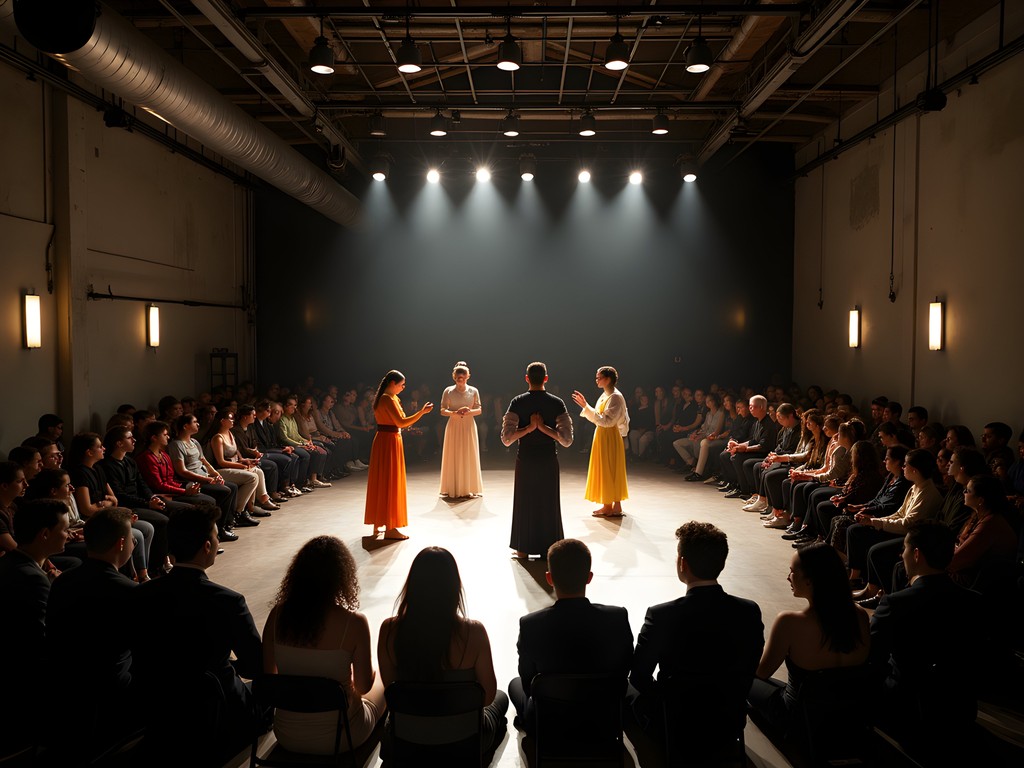
💡 Pro Tips
- Check the Fremont Abbey Arts calendar for multidisciplinary performances combining music, dance and poetry
- West of Lenin often hosts pay-what-you-can preview nights before official openings
- The Moisture Festival (comedy/varietè festival) in spring showcases circus arts and burlesque performances
Final Thoughts
As I boarded my flight back to San Francisco, Seattle's cultural layers continued to resonate with me – much like the lingering notes of a complex piece of music. What makes this city extraordinary isn't just the presence of art and culture, but how they exist in conversation with history, industry, and innovation. The Japanese concept of ma – the meaningful space between objects – perfectly captures Seattle's cultural landscape. The city's magic exists in these interstices: between past and future, mainstream and underground, tradition and experimentation.
For travelers willing to venture beyond the Space Needle and Pike Place Market, Seattle offers rare cultural alchemy. As both translator and traveler, I've found few cities that so eloquently speak multiple languages simultaneously – the language of industry, of nature, of innovation, and of artistic tradition. Like the best translations, Seattle doesn't simply convert one experience to another but creates something new in the process – something that could exist nowhere else but in this rain-nourished valley between mountains and sea.
✨ Key Takeaways
- Seattle's most authentic cultural experiences happen in converted industrial spaces and historic buildings repurposed for the arts
- The city's cultural scene thrives on fusion – blending traditional forms with experimental approaches
- Many venues offer pay-what-you-can or discounted admission days, making Seattle's arts accessible regardless of budget
📋 Practical Information
Best Time to Visit
Spring (April-June)
Budget Estimate
$100-150/day including accommodations, meals, and event tickets
Recommended Duration
5-7 days
Difficulty Level
Moderate
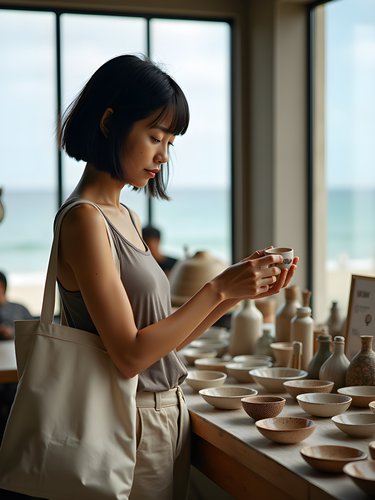
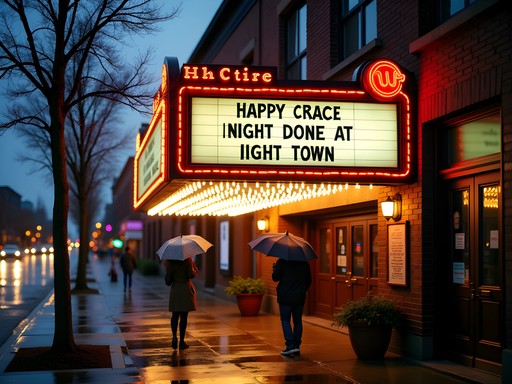
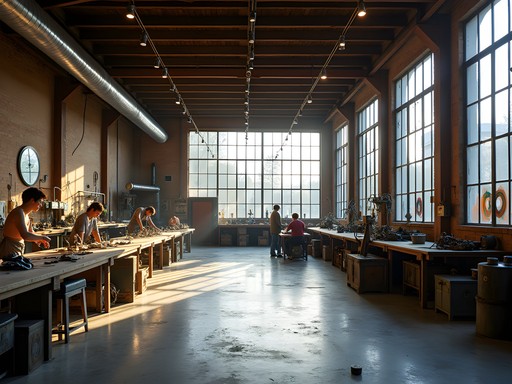
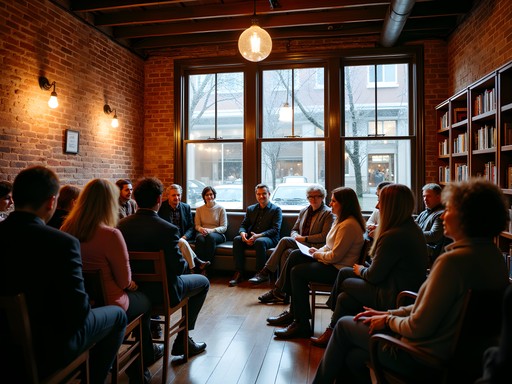
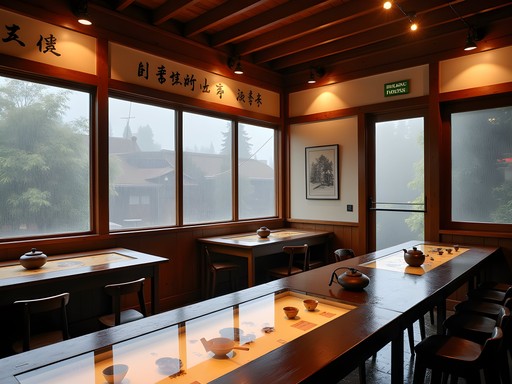
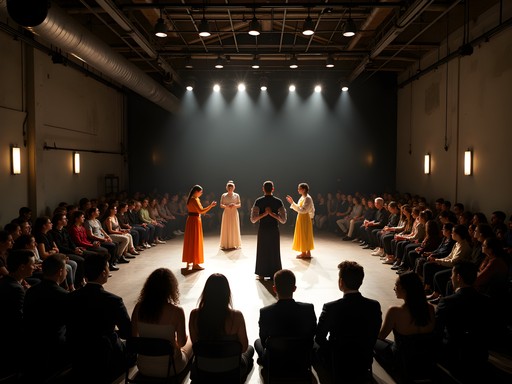


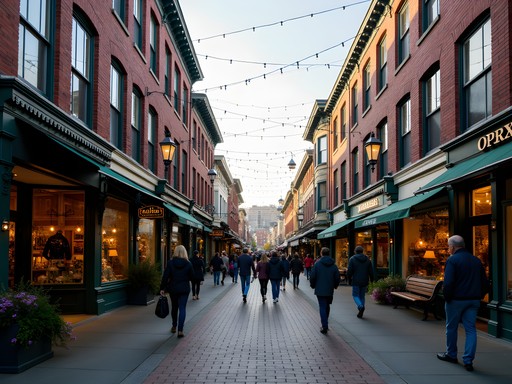
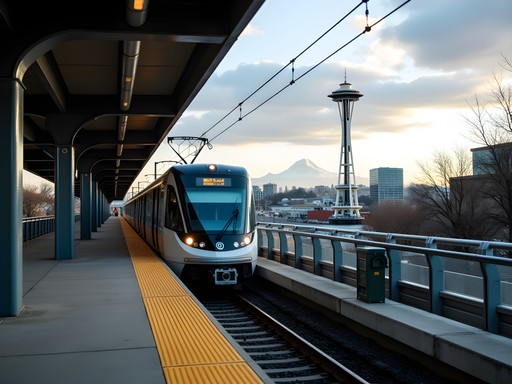

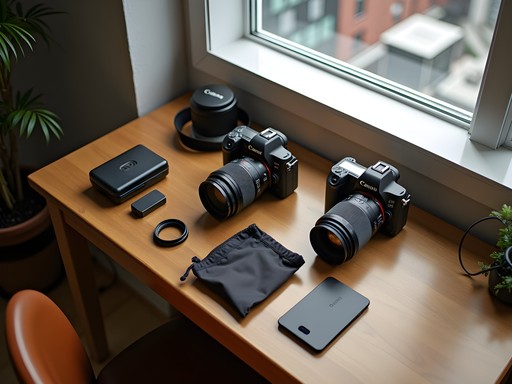
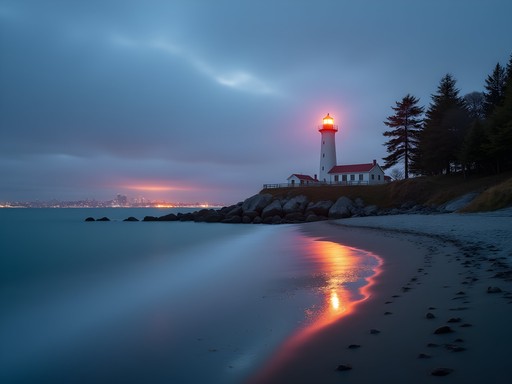



Comments
northwest_wanderer
If anyone's heading to Pioneer Square's literary spots, try to time your visit with the first Thursday art walk. The galleries stay open late, there's free admission to some museums, and the whole vibe is just electric. Great way to meet locals too!
sunnyblogger
Thanks for the tip! Just checked and I'll be there on a first Thursday - perfect timing!
coffeeculture_explorer
Those murals in Georgetown are INCREDIBLE! Your photos don't even do them justice - they're even more vibrant in person!
sunnyblogger
Love this post! I'm visiting Seattle next month and definitely want to check out some of these spots. How's the public transportation to Georgetown? Is it worth renting a car to explore these neighborhoods or can you get around ok without one?
Audrey Yamamoto
Great question! Georgetown is a bit trickier to reach by public transit compared to Capitol Hill or the ID. There are buses (like the 124) that go there, but they're less frequent. If you're only in town for a few days and want to explore multiple neighborhoods, I'd recommend ride-shares or a car rental. The parking in Georgetown is actually pretty manageable compared to downtown!
vacationlegend6958
We did the bus thing and it was fine during the day but waiting for the bus back at night wasn't great. Ended up using Lyft a lot. Worth it though!
Taylor Moreau
Excellent coverage of Seattle's cultural layers, Audrey. I frequently visit Seattle for business and make it a point to explore beyond the conventional tourist circuit. Your insights on Pioneer Square's literary scene are spot-on. I'd add that the Elliot Bay Book Company hosts remarkable author events that offer glimpses into Seattle's intellectual undercurrents. For business travelers with limited time, I recommend setting aside at least one evening to explore the International District's night markets when they're running - the authentic culinary experiences there far surpass anything in the downtown core. I've found that using Seattle City Walks has been invaluable for efficiently navigating these cultural districts between meetings.
sunnyblogger
Are these areas safe to explore alone? I'm planning a solo trip and love the sound of these artsy neighborhoods but worried about wandering into sketchy areas...
Taylor Moreau
Perfectly reasonable concern. I've found Capitol Hill and the International District quite safe during regular hours. Georgetown can feel isolated in spots, but during events it's bustling. Standard urban precautions apply - I wouldn't wander industrial areas late at night. The light rail connects most of these neighborhoods safely and efficiently.
vacationlegend6958
Yes!! Finally someone talking about Georgetown! We spent a weekend there last spring and it was mind-blowing. Those converted warehouses with artist studios blew me away. Found this tiny coffee shop in an old loading dock that had local art exhibitions. The contrast between industrial ruins and vibrant art spaces is exactly what makes Seattle special. Did you check out the monthly art walk? We stumbled on it by accident and ended up spending the whole evening gallery hopping!
Audrey Yamamoto
Thanks for the enthusiasm! Georgetown really is a hidden gem. Yes, I caught the art walk - isn't it magical? That juxtaposition of rust and creativity is what drew me in. Which coffee shop did you find? I might need to check it out on my next visit!
vacationlegend6958
It was called Anvil Coffee Works! Tiny place, amazing espresso, and they rotate local artists monthly. The barista also gave us tips on some underground music venues nearby. Seattle's coffee culture is next level!
globediver
Heading to Seattle next weekend! Any recommendations for Capitol Hill spots that aren't super crowded? Love the artsy vibe but not big on packed venues.
vacationzone
Check out Volunteer Park Conservatory if you want peaceful + artistic. The glass art installations they sometimes have are stunning. Also, there's a tiny Japanese garden nearby that hardly anyone visits - perfect spot to escape crowds.
globediver
That sounds perfect, thanks! Will definitely check those out.
adventurewalker
If you're into this scene, go during First Thursday Art Walk. All the galleries stay open late and there's free wine!
George Hayes
Audrey, your perspective on Seattle's cultural layers really resonates! Took my family there last spring and we skipped the usual tourist circuit to explore the International District. My kids were fascinated by the Wing Luke Museum's exhibits on Asian American history. We followed it up with the most amazing dim sum experience at a tiny place recommended by the museum staff. The kids still talk about it! One thing I'd add - the Chinatown-ID Night Market in summer is incredible for families. Live performances, food stalls everywhere, and local artists selling unique crafts. It gave us a much deeper connection to the neighborhood than just passing through.
greenlegend4347
Just used this guide on my weekend trip and it was PERFECT! Found the most amazing little gallery in Georgetown that was having an opening night. Got to chat with the artist and everything! Thanks for helping me discover the real Seattle beyond the tourist stuff! 💯
Audrey Yamamoto
This makes me so happy to hear! Which gallery was it? I'm always updating my Seattle mental map for future visits!
greenlegend4347
It was Equinox Studios! They were having some kind of open house with multiple artists. The metalwork pieces were incredible!
vacationzone
As a Seattle local, I'm thrilled you highlighted Georgetown! It's criminally underrated. For anyone visiting, don't miss the monthly Art Attack event (second Saturday). The old factory buildings open up with pop-up galleries, and local artists sell directly from their studios. The mix of industrial grit and creative energy is what makes this neighborhood special. And if you're into vintage, there's a warehouse with the most incredible collection of mid-century furniture I've ever seen. Bring an empty suitcase if you visit! I used my pocket guidebook to find some hidden spots even I didn't know about.
wildtime
Thanks for the Art Attack tip! Adding that to my calendar for next visit.
Venture X
Premium card with 2X miles, $300 travel credit, Priority Pass